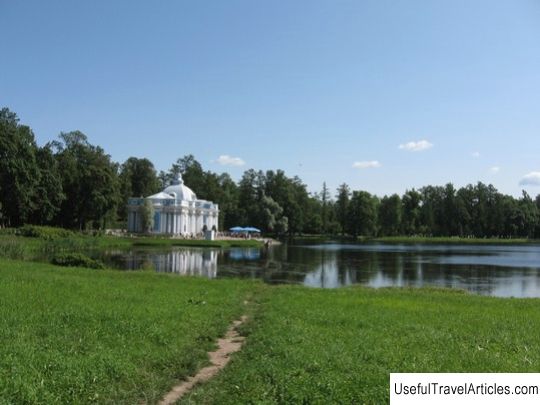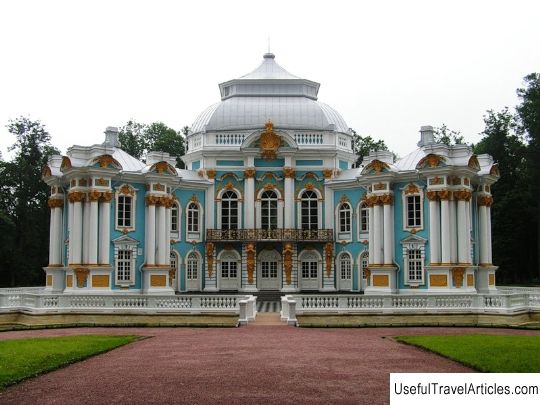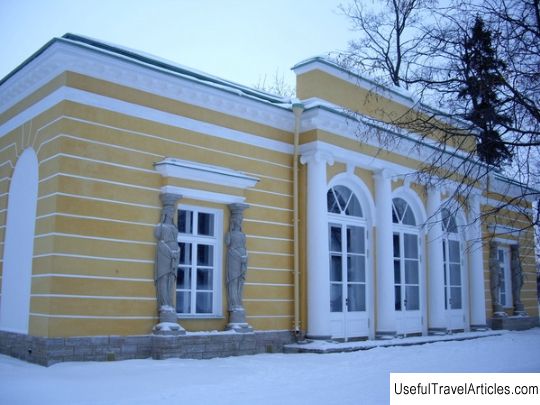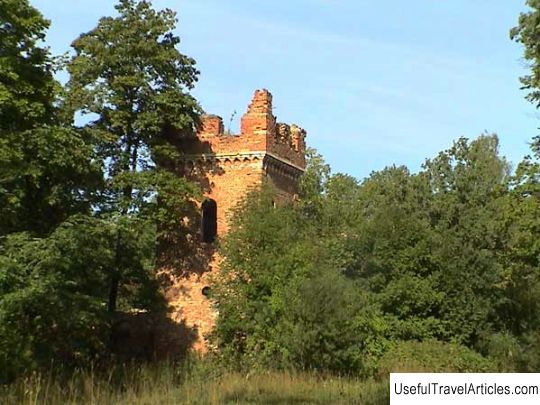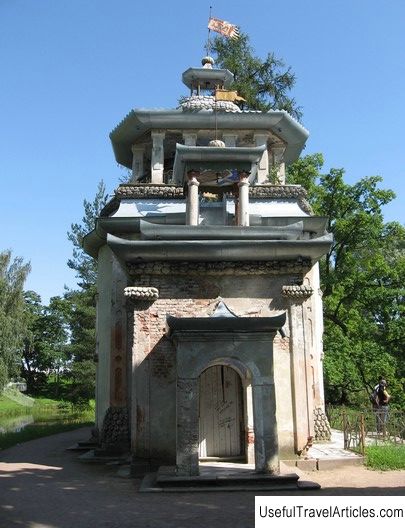Pavilion ”Arsenal” description and photos - Russia - St. Petersburg: Pushkin (Tsarskoe Selo)
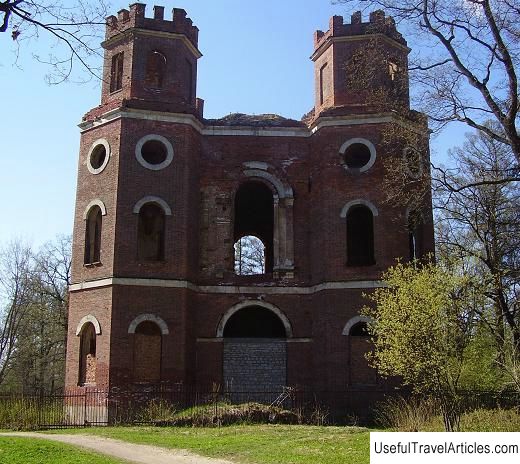
Arsenal pavilion description and photos - Russia - St. Petersburg: Pushkin (Tsarskoe Selo). Detailed information about the attraction. Description, photos and a map showing the nearest significant objects. Photo and descriptionBefore the pavilion "Arsenal" on this place for 7 decades there was an elegant two-storey building Monbijou (from French - "my treasure"), similar to the "Hermitage", which was the center of a vast park ensemble Menagerie. It was built in the Baroque style by the architect Rastrelli at the behest of Empress Elizabeth. The walls of the central hall of Monbijou were decorated with paintings by I.F. Groota is a skilled craftsman at depicting animals. The artist took the plots for his paintings from real life: they were birds and animals in nature and in cages, still lifes from beaten game. Nowadays, the paintings can be seen in the collection of the Tsarskoye Selo Museum. Over time, the Menagerie was no longer needed, the hunts were stopped, and it became a forest park. Under Alexander I in 1819, the architect Adam Adamovich Menelas began the reconstruction of the pavilion and completed in 1834 by Konstantin Ton. The building was changed beyond recognition, and Emperor Nicholas I gave it a new name - "Arsenal". The prototype of the new building was the Shrubs Hill Manor, painted in an English engraving located in the Admiralty. The interiors of the Arsenal were beautiful: the windows were decorated with original medieval stained-glass windows purchased in Europe, the rooms were decorated with paintings and twisted columns. After the construction of the pavilion was turned into a museum, the emperor brought his collection of weapons here from the Anichkov Palace. He regularly replenished his collection with gifts, trophies or specially bought samples he liked. Emperor Nicholas I was interested in history and all his life collected ancient weapons and relics associated with the war. The best part of the collection was in the Hall of Knights. In the hallway, to create the illusion of a guard, figures of knights in armor were installed. At the stairs is a team of knights who performed the rite of passage. Firearms were exhibited in the library, and the best examples of European swords were displayed in the study. A wonderful collection of oriental weapons was located in the eastern rooms: Turkish, Albanian, Indo-Muslim and Indo-Persian. The Department of Ancient Russian Weapons demonstrated items of considerable historical interest. Here were kept exhibits of oriental daggers of Peter I, sabers of I.S. Mazepa and D.I. Godunov and so on. There was a four-poster bed in the Empress's Room, which was guarded by German knights in armor from the times of Maximilian I. Alexander II (son of Nicholas I) took over his father's passion for weapons. He began collecting it at a young age: he brought it from trips, acquired it and received it as a gift. The collection was significantly replenished after he bought in 1861 at a Paris auction a collection of eastern weapons of Prince P. Saltykov, consisting of unique, richest weapons of the Hindu, Persian, from the islands of Sumatra, Ceylon, China, and Japan. Later, the entire collection ended up in St. Petersburg museums. After that, the "Arsenal" collected a unique collection of architectural models of the 18th-19th centuries in the amount of more than a hundred samples, copies of the clothes of Russian cavalry regiments, a collection of porcelain and glass of His Imperial Majesty. In 1941-1945, local residents they stored potatoes in the basement halls of the building; during the occupation, the Germans set up a tobacco warehouse here. In general, Arsenal suffered little damage over this period. A plan for the restoration of the pavilion has been developed, and after restoration it will house a collection of weapons of Emperor Nicholas I, returned here in part from the State Hermitage. copies of clothes of Russian cavalry regiments, collections of porcelain and glass of His Imperial Majesty.In 1941-1945, local residents stored potatoes in the basement halls of the building; during the occupation, the Germans set up a tobacco warehouse here. In general, Arsenal suffered little damage over this period. A plan for the restoration of the pavilion has been developed, and after restoration it will house a collection of weapons of Emperor Nicholas I, returned here in part from the State Hermitage. copies of clothes of Russian cavalry regiments, collections of porcelain and glass of His Imperial Majesty.In 1941-1945, local residents stored potatoes in the basement halls of the building; during the occupation, the Germans set up a tobacco warehouse here. In general, Arsenal suffered little damage over this period. A plan for the restoration of the pavilion has been developed, and after restoration it will house a collection of weapons of Emperor Nicholas I, returned here in part from the State Hermitage.         We also recommend reading Abbazia di Novalesa description and photos - Italy: Val di Susa Topic: Pavilion ”Arsenal” description and photos - Russia - St. Petersburg: Pushkin (Tsarskoe Selo). |
